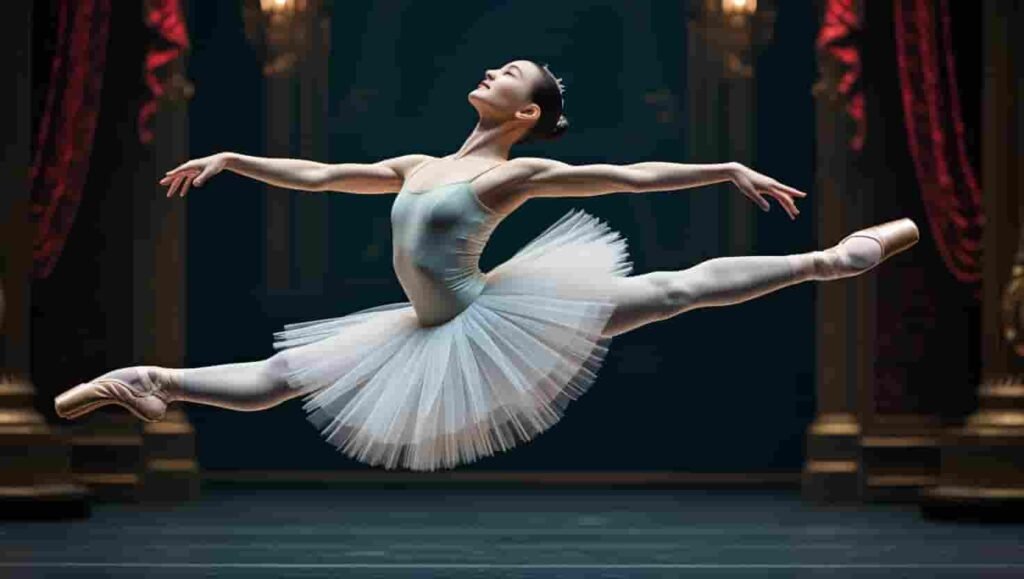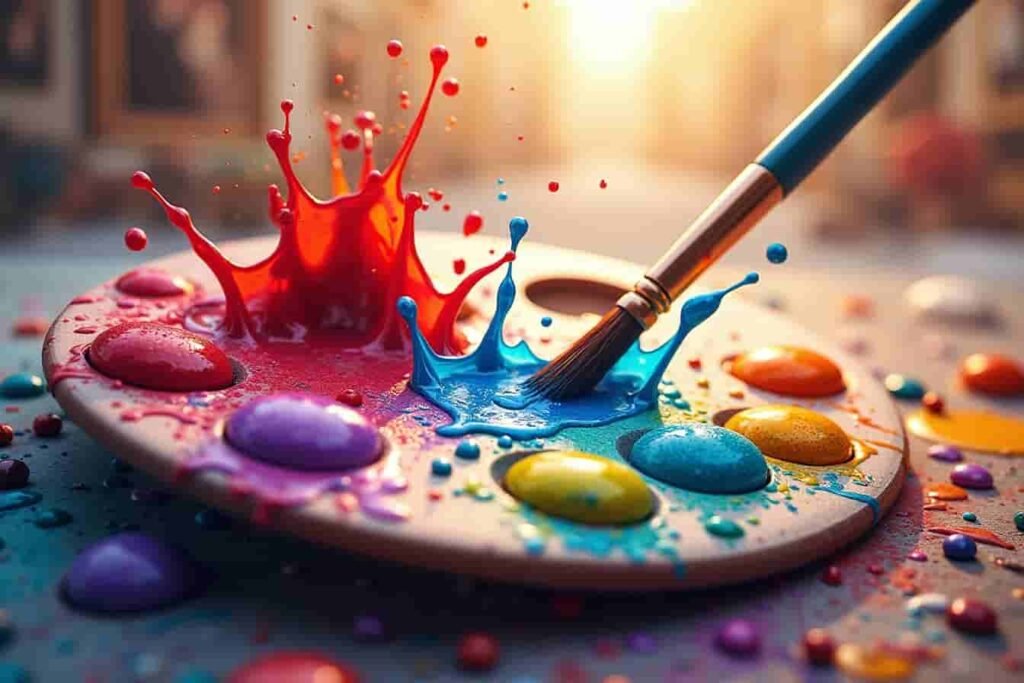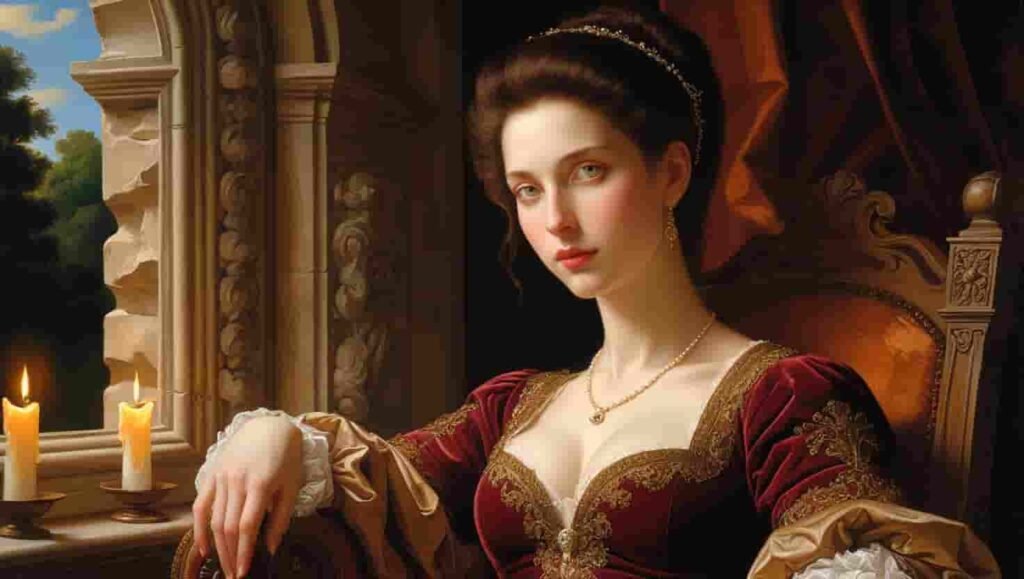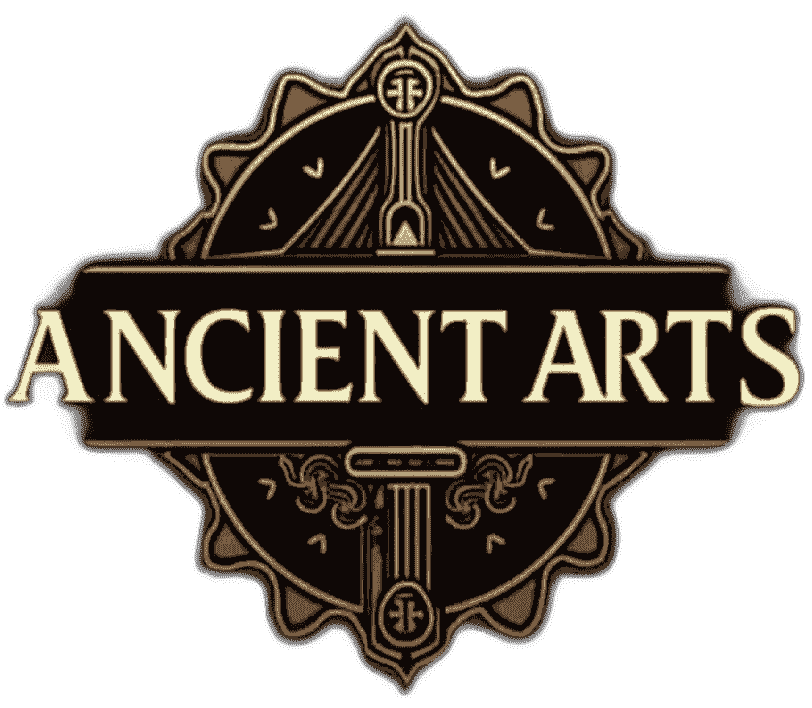Dancing is one of the most ancient forms of human expression, a universal language that transcends cultural and linguistic barriers. From traditional folk dances to modern hip-hop, every form of dance tells a story, conveys emotions and connects people worldwide.
In this article, we will explore the world of dances, including their history, types, benefits and cultural significance. We will also discuss how dance impacts our physical and mental well being, along with some famous dance forms from different parts of the world.
Let’s step into the rhythmic world of dances and explore every aspect of this beautiful art form.
Introduction to Dance
Dance is a universal form of expression that combines movement, rhythm and music to convey emotions, tell stories and celebrate cultures. It has been practiced for centuries across different civilizations, serving as a form of entertainment, communication and even spiritual or religious practice.
From classical ballet to energetic hip-hop, dance takes many forms and styles, each with its unique techniques and significance. Some dances are deeply rooted in tradition, such as the Indian Bharatanatyam or the Spanish Flamenco, while others like contemporary dance, focus on personal interpretation and creativity.
Beyond its artistic value, dance offers numerous physical and mental benefits. It improves flexibility strength and coordination while also boosting mood and reducing stress. Whether performed professionally on stage or casually in social settings dance remains a vibrant and dynamic form of human expression that continues to evolve.

History of Dances
The origins of dance can be traced back to prehistoric times when early humans used movement to communicate and perform rituals. Ancient cave paintings and historical texts depict dance as a central part of religious and social ceremonies.
Evolution of Dance Over the Centuries
| Era | Description |
|---|---|
| Prehistoric | Dance was used for rituals, storytelling and celebrations. |
| Ancient Civilizations | Egyptians, Greeks and Indians incorporated dance into religious practices. |
| Medieval Period | Dance was often restricted by religious institutions but folk dances thrived. |
| Renaissance | Court dances gained popularity in Europe, leading to ballet. |
| 19th-20th Century | The birth of modern dance, ballroom and jazz styles. |
| 21st Century | Fusion of different dance styles and digital dance trends. |
Types of Dances
Dance is categorized into multiple forms, each carrying cultural and artistic significance. Let’s explore some major types of dances:
A. Traditional and Folk Dances
Folk dances are deeply rooted in local traditions and passed down through generations. Some famous examples include:
- Flamenco (Spain) – A passionate dance form with intricate footwork and hand claps.
- Bhangra (India) – A high energy Punjabi dance performed during festivals.
- Hula (Hawaii) – A graceful storytelling dance using hand movements.
- Morris Dance (England) – A lively folk dance with rhythmic stepping and props like sticks or swords.
B. Classical Dances
Classical dances are highly structured and require formal training. Some notable examples are:
- Ballet (France/Russia) – A refined dance form focusing on grace and discipline.
- Kathak (India) – A North Indian classical dance known for storytelling through hand gestures.
- Peking Opera Dance (China) – A dramatic dance that combines music, acrobatics and facial expressions.
C. Social and Ballroom Dances
These dances are performed in pairs or groups and are often seen at social gatherings. Examples include:
- Waltz – A romantic and elegant ballroom dance.
- —-Tango – A passionate dance originating from Argentina.
- Salsa – A lively Latin dance with quick foot movements.
D. Contemporary and Modern Dances
Modern dance evolved as a reaction against classical ballet, allowing greater freedom of movement. Examples include:
- Contemporary Dance – A mix of ballet and modern dance techniques.
- Jazz Dance – A lively and energetic style with syncopated movements.
E. Street and Hip-Hop Dances
These dance forms emerged from urban environments and are often associated with street culture. Examples include:
- Breakdancing – A physically demanding dance involving acrobatics and floorwork.
- Popping and Locking – Funk-based street dance styles with sharp movements.
The Science Behind Dances and Movement
Dance involves coordination, balance, and rhythm, making it an excellent exercise for the brain and body. Scientific studies show that dancing improves cognitive functions boosts mood and enhances overall well-being.
Benefits of Dancing
Dancing has multiple benefits including:
Physical Benefits
- Improves Cardiovascular Health – Dancing is a great aerobic exercise that strengthens the heart and improves blood circulation.
- Enhances Flexibility and Balance – Regular dancing increases flexibility, coordination and body balance, reducing the risk of injuries.
- Helps in Weight Loss – It burns calories and helps maintain a healthy weight.
- Strengthens Muscles and Bones – Dancing tones muscles and improves bone density, reducing the risk of osteoporosis.
- Boosts Stamina and Energy Levels – It increases endurance and keeps you active.
Mental and Emotional Benefits
- Reduces Stress and Anxiety – Dancing releases endorphins, which help reduce stress and improve mood.
- Enhances Memory and Cognitive Function – Learning dance moves improves brain function and helps prevent memory loss.
- Boosts Confidence and Self-Esteem – Performing dance routines increases self-confidence.
- Encourages Social Interaction – Dancing with others fosters friendships and social connections.
Other Benefits
- Promotes Creativity – Dancing allows self-expression and enhances creativity.
- Improves Posture – It helps maintain good body posture and alignment.
- Provides Enjoyment and Fun – Dancing is a joyful activity that brings happiness.
Famous Dance Forms Around the World
Here’s a table listing famous dance forms around the world along with their country of origin and a brief description:
| Dance Form | Country of Origin | Description |
|---|---|---|
| Ballet | France, Italy, Russia | A highly technical dance form known for graceful movements and storytelling. |
| Flamenco | Spain | A passionate dance featuring rhythmic footwork, hand claps, and expressive movements. |
| Tango | Argentina, Uruguay | A dramatic partner dance characterized by close embraces and intricate footwork. |
| Kathak | India | A classical Indian dance with storytelling through rhythmic footwork and hand gestures. |
| Samba | Brazil | A lively, rhythmic dance commonly performed at festivals like the Rio Carnival. |
| Hula | Hawaii, USA | A traditional Polynesian dance that tells stories through hand movements and graceful motions. |
| Breakdance | USA | A street dance style involving acrobatics, spins, and intricate footwork. |
| Irish Step Dance | Ireland | A dance known for its rapid footwork while keeping the upper body still. |
| K-pop Dance | South Korea | A modern dance style inspired by pop music, blending hip-hop and contemporary moves. |
| Salsa | Cuba | A fast-paced, energetic partner dance with spins and foot patterns. |
How Dance Influences Culture
Dance is an essential part of human expression and has played a crucial role in shaping cultures around the world. It reflects the traditions, beliefs, and values of different societies. Through dance, people communicate stories, celebrate festivals and express emotions. Traditional dances such as the Flamenco in Spain, the Bharatanatyam in India and the Samba in Brazil preserve cultural heritage and foster national identity. In modern times dance has also become a medium for social change bringing awareness to important issues and uniting communities.
Dance in Entertainment and Media
Dance has a significant presence in entertainment and media, influencing music videos, movies, TV shows and social media trends. From Hollywood musicals to reality dance competitions, it captivates audiences worldwide. Popular platforms like TikTok and YouTube have made dance more accessible, allowing people to learn, create, and share choreography globally. Celebrities and influencers often use dance to engage with their fans, making it a powerful tool for storytelling and artistic expression.
Learning to Dance: Tips for Beginners
If you are new to dance here are some helpful tips to get started :
- Choose a Style: Find a dance form that interests you, whether it’s ballet, hip-hop, salsa, or contemporary.
- Start with Basics: Focus on fundamental movements and rhythm before attempting complex choreography.
- Take Classes: Join a dance class or follow online tutorials to learn proper techniques.
- Practice Regularly: Consistency is key to improving coordination and confidence.
- Have Fun: Enjoy the learning process, and don’t be afraid to make mistakes. Dancing is about expression and joy!
Dance as a Profession
For those passionate about dance, it can be a fulfilling career path. Professional dancers work in various fields, including performance, choreography, teaching and even dance therapy. They perform in theaters, music videos, films and live shows. Some become instructors or open their own dance studios. While pursuing dance professionally requires dedication, rigorous training and physical fitness. it also provides opportunities to inspire and entertain audiences worldwide.
Future of Dance
The future of dance is evolving with technology and globalization. Innovations like virtual reality (VR), artificial intelligence (AI), and motion-capture technology are shaping new ways to experience dance. Social media continues to create global dance trends, making dance more accessible to people of all ages. Additionally fusion styles blending traditional and modern techniques are emerging keeping dance fresh and dynamic. As dance continues to adapt, it will remain a powerful form of artistic expression and cultural exchange.
FAQs
Q2. Can dance help with weight loss?
Yes, dance is a great way to burn calories.
Conclusion
Dance is more than just movement it is an art form that connects people, preserves culture and improves health. Whether you are a professional dancer or a beginner there is a dance style for everyone.





Pingback: Arts